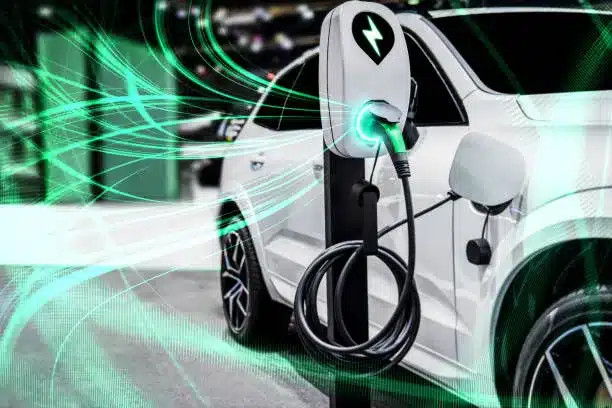
Electric Vehicles (EVs) have for a long time been seen as a distant, pricier alternative to traditional gasoline cars. But the tides are changing, and a new era of affordability for EVs is on the horizon. Recent data from CarGurus.com and other industry insiders show a promising shift in the market dynamics that could potentially make EVs more accessible to the average consumer.
Plummeting Prices: A Look at the Numbers
A recent CarGurus Intelligence Report revealed that the top 10 vehicles which have seen the largest price declines over the past year were all electric. With significant price reductions, like the Tesla Model S decreasing by a whopping 42.1% from $73,751 to $42,669 in just a year, it’s clear that EVs are becoming more affordable.
Even new EVs haven’t been left behind. Consider the Hyundai Kona Electric, whose price dipped 10.7% from $44,978 to $40,172. These reductions aren’t mere anomalies but seem to reflect a broader trend in the industry.
Why the Sudden Drop?
Several factors play into this shift. Last year, amid European uncertainties and escalating fuel prices, there was a rush towards EVs, which caused a spike in their prices. Kevin Roberts, CarGurus’ director of insights and analytics, explains that heightened interest in EVs reduced the supply and subsequently raised the prices.
Fast forward to today; not only have used vehicle prices started to decline, but giants like Tesla and Ford have also introduced price reductions for their new models. This has exerted a downward pressure on the prices of used EVs.
Availability and Market Challenges
However, cheaper EVs don’t automatically mean they are easier to source. According to CarGurus’ analysis, EVs are abundant in regions like California, while many areas in the U.S. are virtually EV-free. Even with a 342% year-over-year increase in dealer EV inventories, many consumers remain skeptical, mostly due to concerns over prices and driving range.
Deanna Noël of Public Citizen’s climate program points out that the issue isn’t a lack of interest in EVs but an affordability barrier. She urges automakers to prioritize producing affordable EV models to cater to the booming demand. CarGurus and other reports suggest this transition may already be underway.
Dealers and the EV Dilemma
While the numbers might sound promising, there’s another side to the story. Many dealers are hesitant about EVs. As per Insider reports, dealers like Kunes Auto and RV Group have turned away from EV inventory due to a lack of demand among non-affluent customers. With EV sales beginning to plateau and the early wave of adopters being fulfilled, dealers now face the challenge of selling EVs to cost-conscious consumers.
Enter MarketCheck
Navigating the dynamic EV market landscape can be tricky for dealers and automotive businesses. This is where MarketCheck steps in, assisting dealers in understanding the changing tides of the EV market. With accurate insights, trend analyses, and data-backed predictions, MarketCheck can be the guiding light for dealerships looking to make the most out of the shifting EV market.
Conclusion
The road to widespread EV adoption is fraught with challenges, but the lowering prices are a significant step in the right direction. As manufacturers, dealers, and industry insiders grapple with these changes, one thing remains clear: the future of transportation is electric. Whether you’re a consumer contemplating the shift to electric or a dealer navigating the EV landscape, staying informed and adaptable will be key.